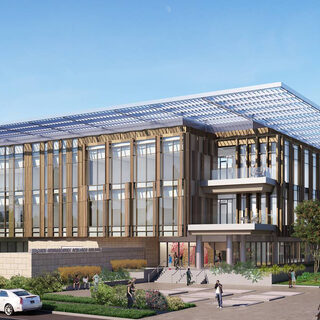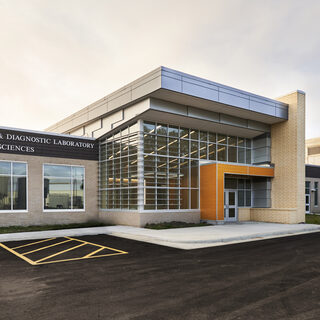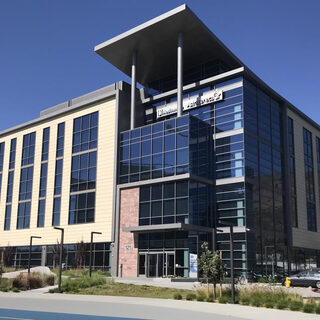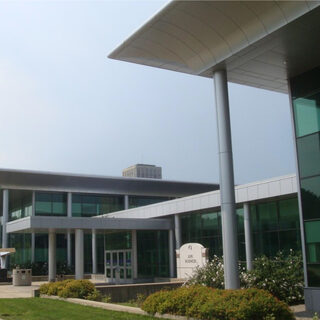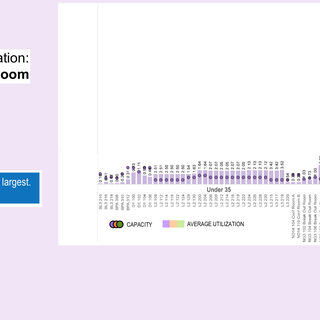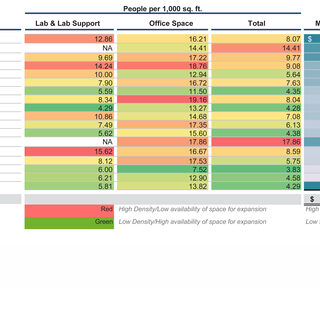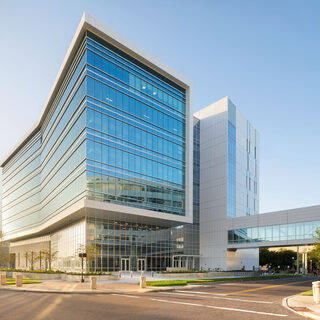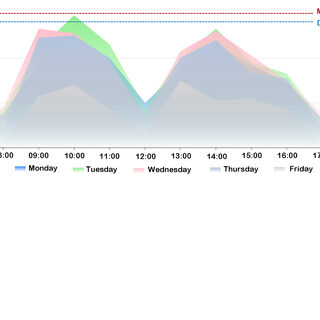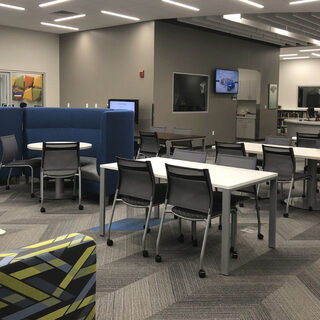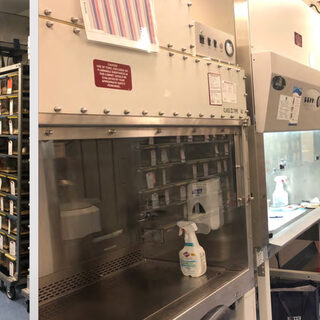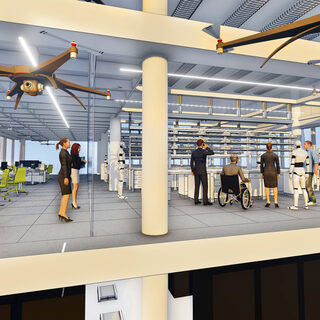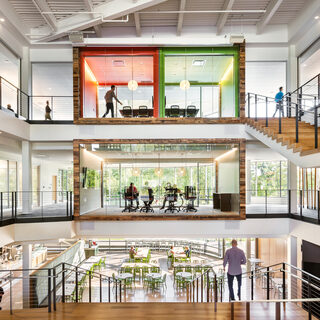Neuroscience Research Facilities Blend Individual Research Hubs and Novel Interdisciplinary Spaces
Research into the causes of and potential treatments for neurodegenerative diseases has always been inherently multidisciplinary, combining basic sciences with numerous medical specialties. At the same time, neuroscience research requires a variety of targeted specialized spaces. Facilities that support that research, therefore, must be designed to accommodate both the interdisciplinary and the specialized. “As we approach these projects, we need to have a completely open mindset and expect the unexpected,” says Alex Munoz, SmithGroup princpal and senior lab planner. “The facilities must be designed with flexible standards that are both highly specialized for current research and capable of being relevant in the future.”

